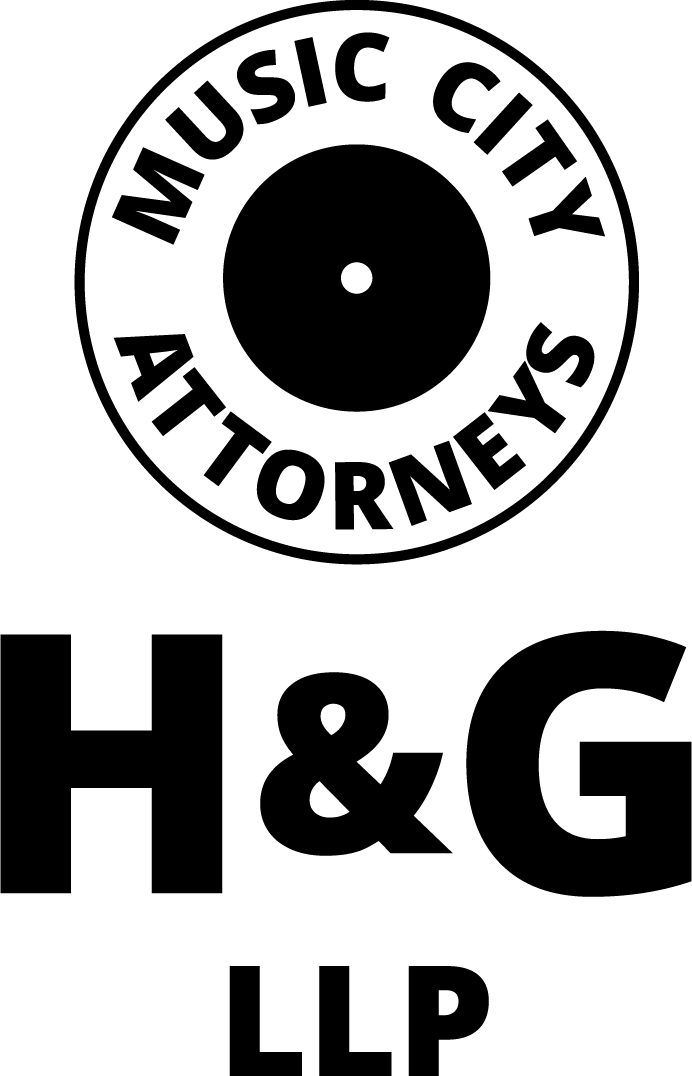Sound Trademarks, the Present and Future of Branding
Photo by Feelfarbig Magazine on Unsplash
When thinking of a large company like McDonald’s, the golden arches or the bright red and yellow colors of the restaurant is instantly recognizable. The logo and name are protected from infringement by having a federally registered trademark, but what about the “I’m lovin’ it” jingle? It comes at the end of every McDonald’s television commercial, any time you see a video about McDonald’s on social media, or sometimes even in conversation with your family about which fast food restaurant to stop at on a long road trip. Did you know that the jingle is also a federally registered trademark?
What is a trademark?
A trademark is a word, slogan, or logo that identifies the goods or services of a company’s brand. A trademark helps a business protect their identifiable brand and dissuades other businesses from using a word, slogan, or logo that is similar to another existing trademark.
Typically trademark law is governed by federal law under the Lanham Act which created a national process for trademark registration. By federally registering a trademark for your company, you ensure long term use and protection of your branding. We recommend registering a trademark as soon as you can as the application and acceptance process by the United States Patent and Trademark Office (USPTO) can take more than a year.
What is a sound trademark?
Similar to logos, slogans , words, and phrases, many brands have accompanying sounds or jingles for their companies (think of the Netflix “dun-dun” or the fanfare at the beginning of a 20th Century Fox movie). To protect sounds, they are trademarked in a similar way as a logo might be. This shift in protection, however, is recent due to the increasing use of sounds as identifiable logos for many companies. The World Trade Organization Agreement on Trade-Related Aspects of Intellectual Property Rights changed the definition of a trademark to include “any sign . . . capable of distinguishing the goods or services” between different businesses under Article 15(1). The use of the phrase “any sign” broadens the definition and now encompasses sounds along with logos, slogans, and words. Additionally, the sound cannot be a commonplace sound used by many different brands. For example, in 2014 Anheuser-Busch tried to register the sound of a beer can opening but the USPTO refused the sound trademark because the sound was not distinctive enough for their Budweiser products.
How is a sound trademark different from a standard trademark?
The process for registering a sound trademark is incredibly similar to a standard trademark: one files a sound trademark application through the USPTO however, a sound trademark is harder to obtain. The sound itself must be incredibly unique and an average consumer must be able to subconsciously link the sound to the company. Typically, securing a standard trademark as early as possible is best for your business model. A sound trademark is quite different, however, given the need for the sound to be recognizable. Sound trademarks are usually filed after a business has used a unique sound as a part of its brand and business model. Because of this, sound trademarks are not typically filed at the same time as a standard trademark.
Is a sound trademark right for my company and how do I use one to leverage my brand?
Recognizable sounds and sound trademarks can be very useful with brands using different platforms, such as Instagram, Twitter, TikTok, and on streaming platforms like Twitch to advertise. Brand recognition often utilizes more than logos or phrases and sound recognition is important given the multimedia advertising and branding options available in the current market. While a sound trademark could be beneficial for your brand, it is important to make sure that the sound you are registering is unique and definitively part of your brand because they are harder to obtain.
Contact us if you have any questions about trademark law, we would love to help you!

